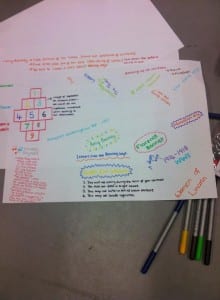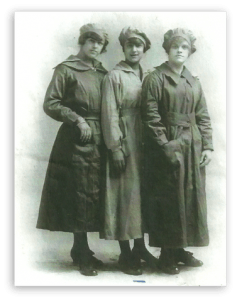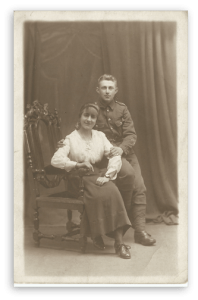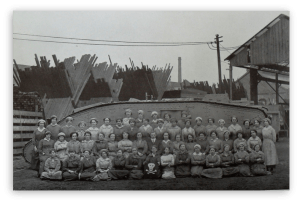

During Tuesday’s workshop, after previously researching the events and topics that we came across during our drift to the Museum of Lincolnshire Life, we wrote down the ideas that we all agreed would be relevant to include in our performance. The photos presented show some of our definite ideas including; the story of Amy Beechey and her sons who went to war, the rules for women specifically women teachers and the story of Florence Bonnett and her life as a munitionette.
Throughout Friday’s session, we discussed the organisation and structure of our performances using keywords such as linear, space, symbolic time etc. So far we are focussing on creating a linear performance, given that our performance will include moving from place to place within a set time limit and therefore time is also an important aspect to consider. In order for our audience to stay interested in our performance, we need to make sure that the stories we will be telling are quick to the point, including lots of important historical information rather than dragging it out and losing the audience’s focus. There might be moments where we instruct the audience members to collect something or they notice something that is outside of our performance and if they take too long, it could obstruct the flow of the performance and this is something we need to carefully consider. We also need to focus on how to make our performance present including thinking about the environment and the clothing and therefore costumes are a definite idea to create our characters.



Furthermore, I was set a task to research into the life of Florence Bonnett, a woman who left school at the age of thirteen and signed up for war work at William Fosters. Originally, Florence left school and joined the family business that her mother and father owned, trading as fishmongers. However, she soon started working in heavy engineering which included making tracks for the first tanks and undertaking twelve hour shifts. The women, known as ‘munitionettes’ would wear smocks and mop-caps and one of the photos above shows the munitionettes working at William Fosters in 1917. During her time at William Fosters, Florence had a lover in the Lincolnshire Regiment called Dick and one of these photos shows Florence and Dick engaged to be married (Florence is pointing at the ring). Unfortunately he was killed in action and Florence carried on building tanks but when the men returned, naturally the ladies lost their jobs but Florence found work in Nottingham and carried on her life eventually marrying a man called Joseph Harrison and having three children.
The research I found on Florence Bonnett could be useful in a section of our performance, especially because she lived and worked in Lincoln. I think the audience would find the history of her life and work very interesting and therefore I will need to research more into the little details of her life such as her love life with Dick, other jobs she had to do at William Fosters and also what her life after the war was like.
Amy Clarke




